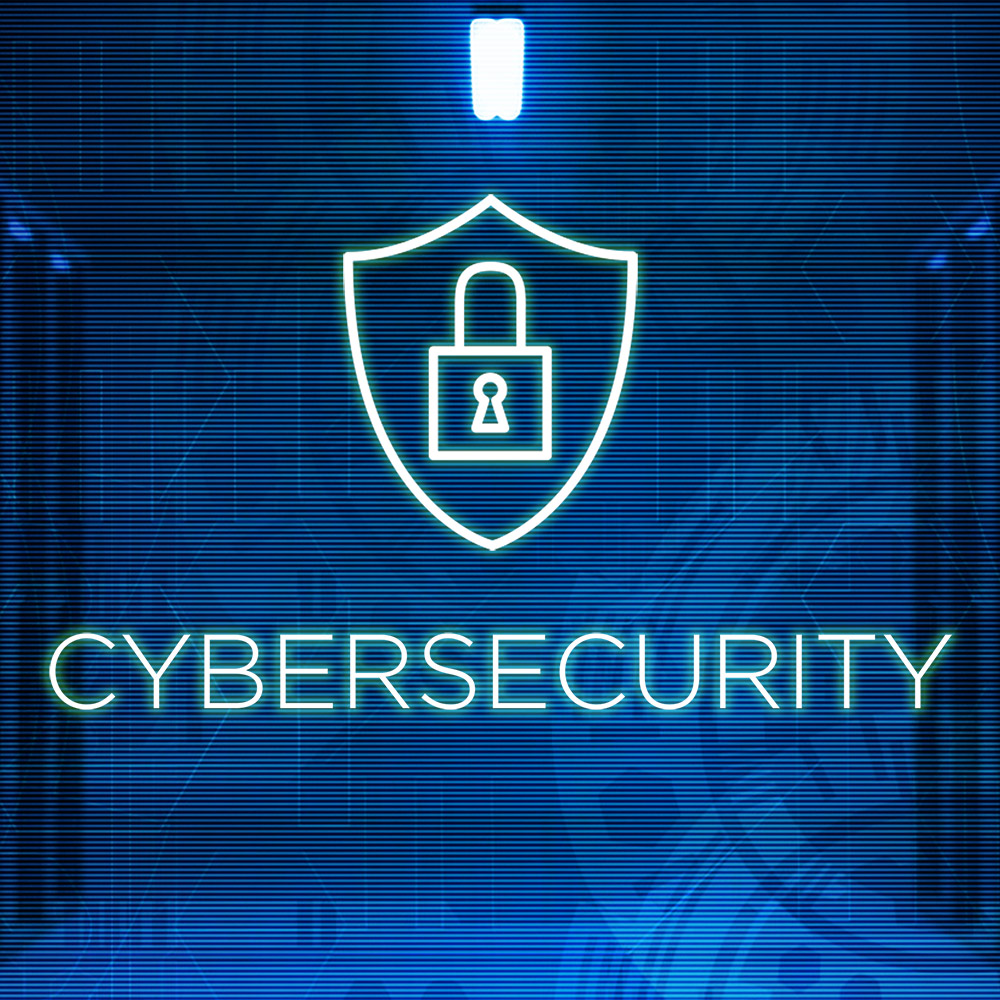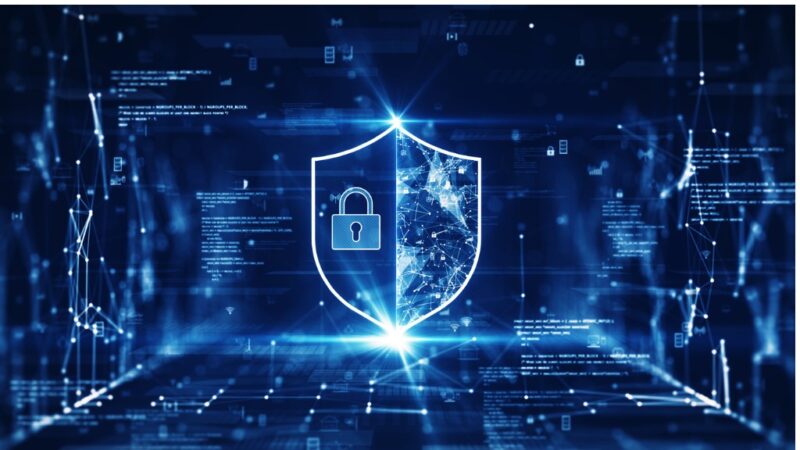As the world continues to adapt to remote work, cybersecurity has become more important than ever. With sensitive information being transmitted over home networks and personal devices, individuals and businesses alike must take steps to protect themselves from cyber threats. In this blog post, we’ll explore the best practices for securing your network in the age of remote work.
From setting up strong passwords to implementing two-factor authentication, we’ll cover everything you need to know to keep your data safe in today’s digital landscape. So buckle up and get ready for some essential tips on how you can stay protected!
The Importance of Cybersecurity

As the world increasingly moves online, cybersecurity becomes more important than ever. With so much of our personal and professional lives taking place online, it’s essential to take steps to protect our information from hackers and other cybercriminals.
Fortunately, there are several things you can do to improve your cybersecurity and keep your information safe. Here are some of the best practices for cybersecurity in the age of remote work:
- Use strong passwords and enable two-factor authentication.
- Keep your software and operating system up to date.
- Use a VPN when working remotely.
- Be cautious about what you click on and download.
- Back up your data regularly. By following these best practices, you can help keep your information safe and secure while working remotely.
The Top Cybersecurity Threats of 2023
The COVID-19 pandemic has forced many organizations to allow their employees to work remotely. While this can help reduce the spread of the virus, it also creates new cybersecurity risks. Here are some of the top cybersecurity threats of 2023:
- Phishing attacks: Phishing attacks are a type of cyberattack that involves sending fraudulent emails or text messages in an attempt to steal sensitive information such as login credentials or financial data. These attacks have been on the rise in recent years, and they are only expected to increase in 2021 as more people work from home.
- Ransomware: Ransomware is a type of malware that encrypts a victim’s files and demands a ransom be paid to decrypt them. This type of attack can be devastating for businesses, as it can lead to the loss of important data. Ransomware attacks are also on the rise, and they are expected to continue to increase in 2021.
- Cloud security vulnerabilities: As more businesses move their data and applications to the cloud, they become more vulnerable to cloud security vulnerabilities. These vulnerabilities can be exploited by attackers to gain access to sensitive data or disrupt operations.
- IoT security risks: The proliferation of connected devices (known as the Internet of Things, or IoT) has created new security risks. These devices often have weak security protocols, which can be exploited by attackers to gain access to networks or data
Best Practices for Securing Your Network

In the age of remote work, it is more important than ever to make sure that your network is secure. Here are some best practices for securing your network:
- Use a VPN: A VPN (a virtual private network) can help to encrypt your data and keep your connection safe from hackers.
- Use Two-Factor Authentication: Two-factor authentication adds an extra layer of security to your account login by requiring you to enter a code from a second device, such as your phone.
- Keep Your Software Up-To-Date: Keeping your software up-to-date is important for both security and performance. Make sure to install updates as soon as they are available.
- Use strong passwords: Strong passwords are essential for keeping your account safe from hackers. Use a combination of letters, numbers, and symbols in your password, and avoid using easily guessed words like “password” or “1234”.
- Be wary of phishing scams: Phishing scams are emails or websites that masquerade as being legitimate in order to trick you into giving away personal information or downloading malware. If you receive an email that looks suspicious, do not click on any links or attachments— instead, report it to your IT department or delete it immediately.
How to Secure Your Home Network

If you work from home, it’s important to take steps to secure your home network. Here are some best practices:
- Use a strong password for your router. Make sure it’s at least eight characters long and includes a mix of letters, numbers, and symbols.
- Change the default administrator username and password for your router. Many routers come with easily guessed default passwords, so it’s important to change them to something more secure.
- Enable encryption on your router. This will help protect your data as it travels over the airwaves. Look for a setting called “WEP” or “WPA/WPA2″ in your router’s security settings and enable it.
- Use a firewall. A firewall can help protect your network from malicious attacks by blocking incoming traffic from unknown sources. Many routers have built-in firewalls, or you can install software firewalls on each computer on your network.
- Keep your router and other software up to date. Cybercriminals are constantly finding new ways to exploit vulnerabilities in software, so it’s important to keep everything up to date with the latest security patches. You can usually find these updates in your router’s admin panel or directly from the manufacturer’s website. Following these best practices will help you secure your home network and keep your data safe.
The Future of Cybersecurity

The future of cybersecurity is shrouded in potential but fraught with uncertainty. The COVID-19 pandemic has spurred an unprecedented increase in the use of remote work technologies, which has exposed new security risks and challenges.
At the same time, the accelerating pace of digital transformation is creating opportunities for innovative new security solutions. In this rapidly changing landscape, businesses must stay agile to maintain a strong cybersecurity posture. Here are four key trends that will shape the future of cybersecurity:
- Artificial intelligence and machine learning will become increasingly important tools for detecting and responding to threats.
- The Internet of Things will create new attack surfaces for cybercriminals to exploit.
- The trend towards edge computing will present new challenges for securing data and devices.
- Quantum computing will enable more sophisticated attacks and open up new avenues for defense.


